The Boeing B-17, known for its formidable presence during World War II, is a symbol of aviation history. Often referred to as the “Flying Fortress,” the B-17 holds a significant place in military aviation. Below, I delve into ten intriguing facts about this iconic aircraft.
Iconic Design and Structure
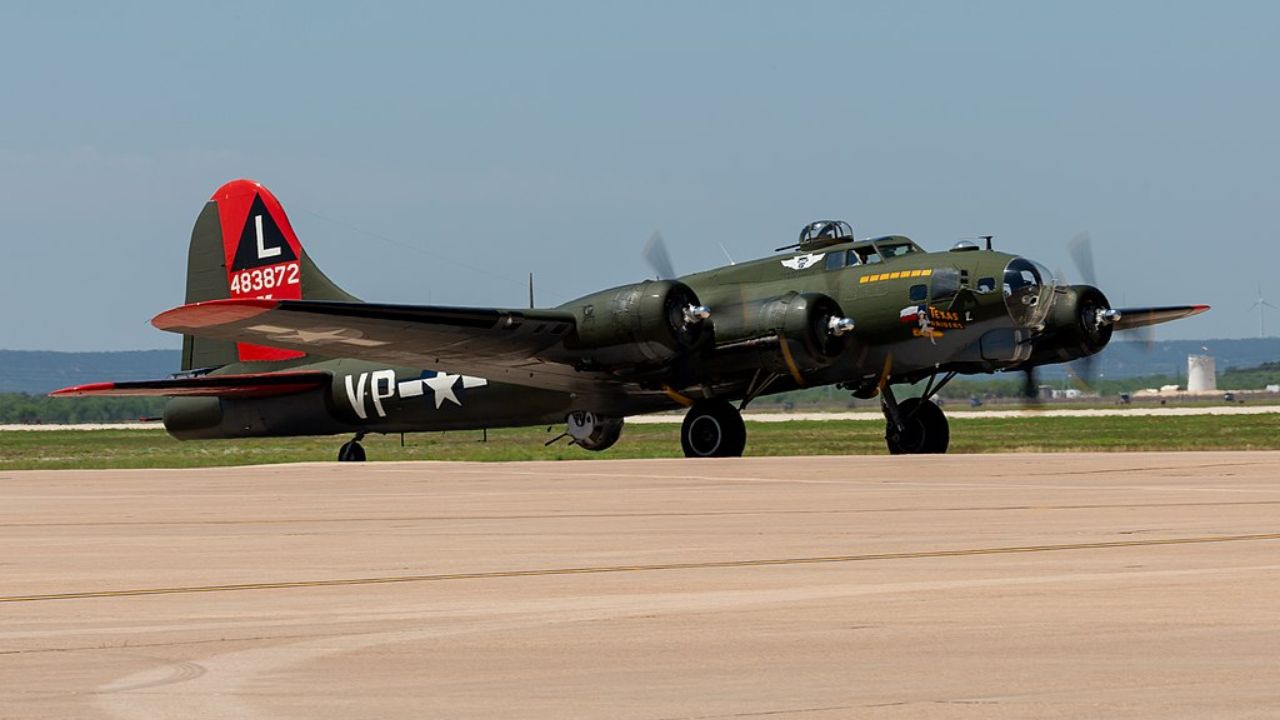
The B-17’s design is characterized by its all-metal construction, which was advanced for its time. Its distinctive shape, with a large wingspan and robust fuselage, allowed it to withstand heavy damage. The aircraft’s sleek, yet sturdy build provided the necessary durability and stability for long missions.
Its iconic structure included four powerful engines, which contributed to its long-range capabilities. The B-17’s ability to endure harsh conditions and sustain flight even when damaged made it a valuable asset during the war.
Development and First Flight
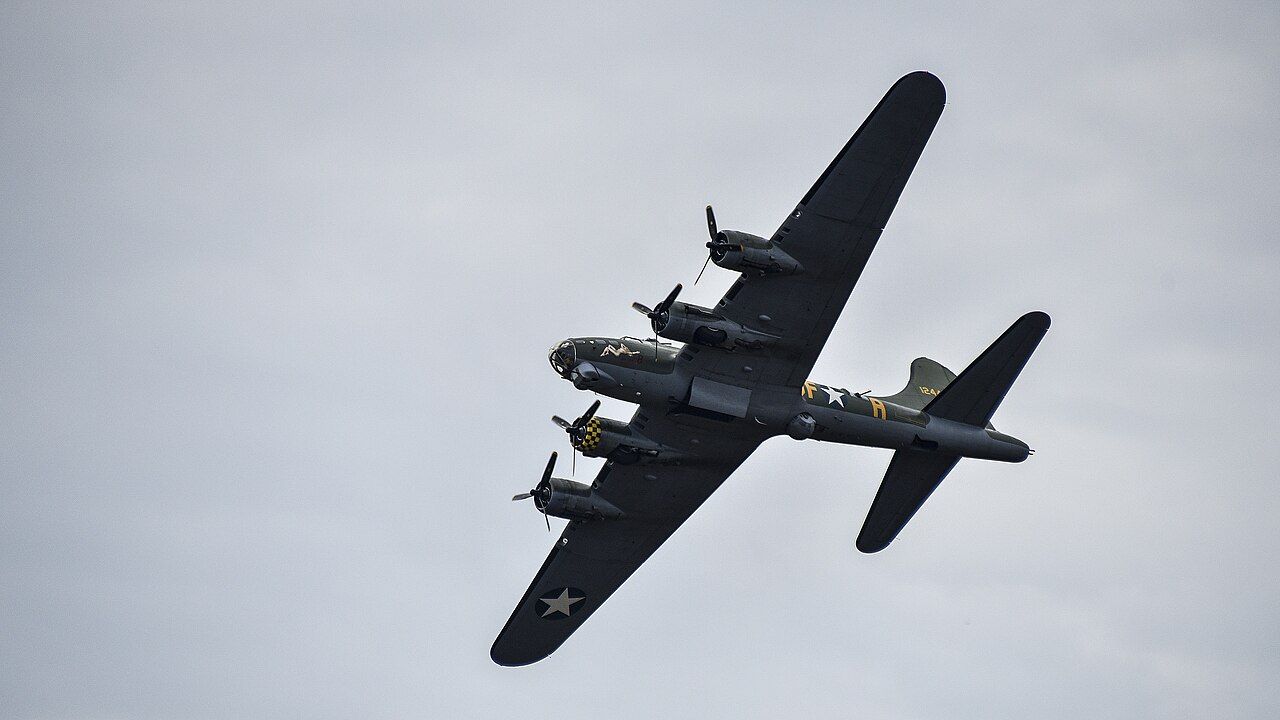
Developed in the 1930s, the Boeing B-17 first took to the skies on July 28, 1935. The aircraft was designed to meet the U.S. Army Air Corps’ requirement for a multi-engine bomber. Its initial prototype, known as the Model 299, impressed with its speed and payload capacity.
Despite an early crash during testing, the B-17 program continued due to its promising design. The aircraft’s development marked a pivotal moment in aviation history, setting new standards for bomber design and performance.
Role in World War II
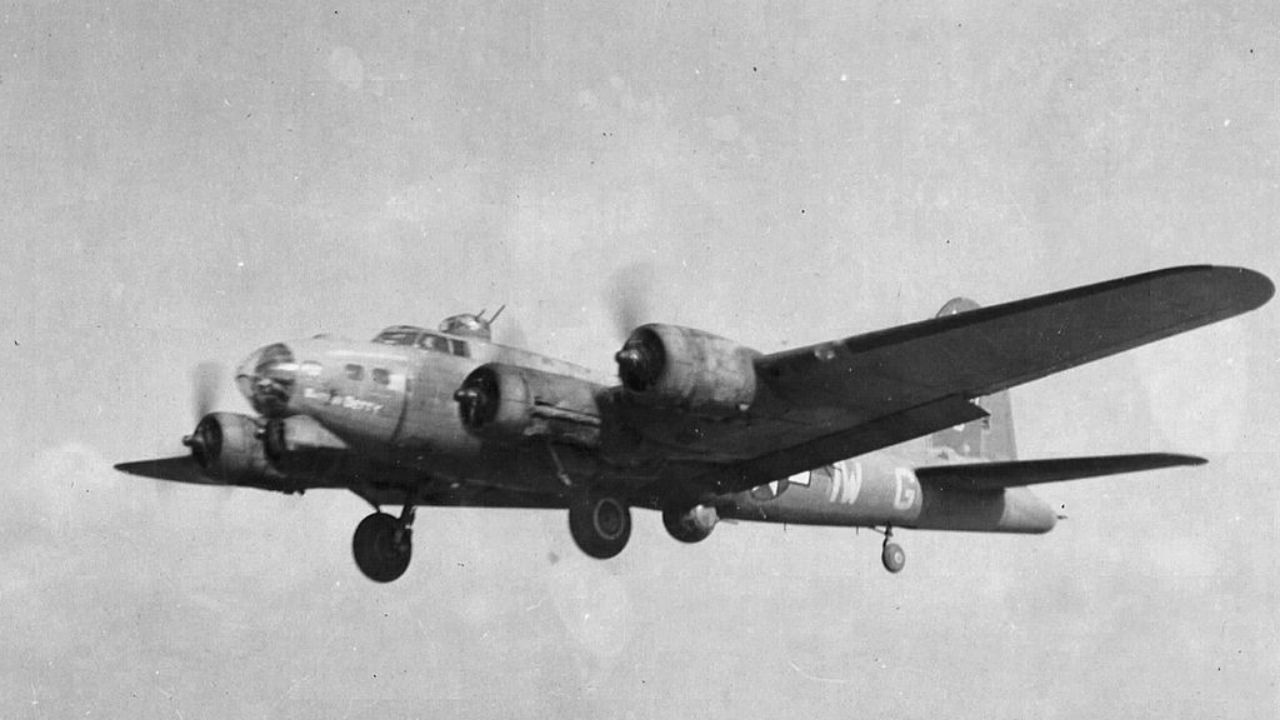
The B-17 played a crucial role in World War II, particularly in the European Theater. It was primarily used for strategic bombing missions, targeting enemy infrastructure and military installations. The aircraft’s ability to fly at high altitudes made it less vulnerable to enemy fighters.
Its long-range capabilities enabled it to conduct deep penetration raids into enemy territory. The B-17’s effectiveness in bombing raids significantly contributed to the Allied war effort, earning it a legendary status.
Nickname: The “Flying Fortress”
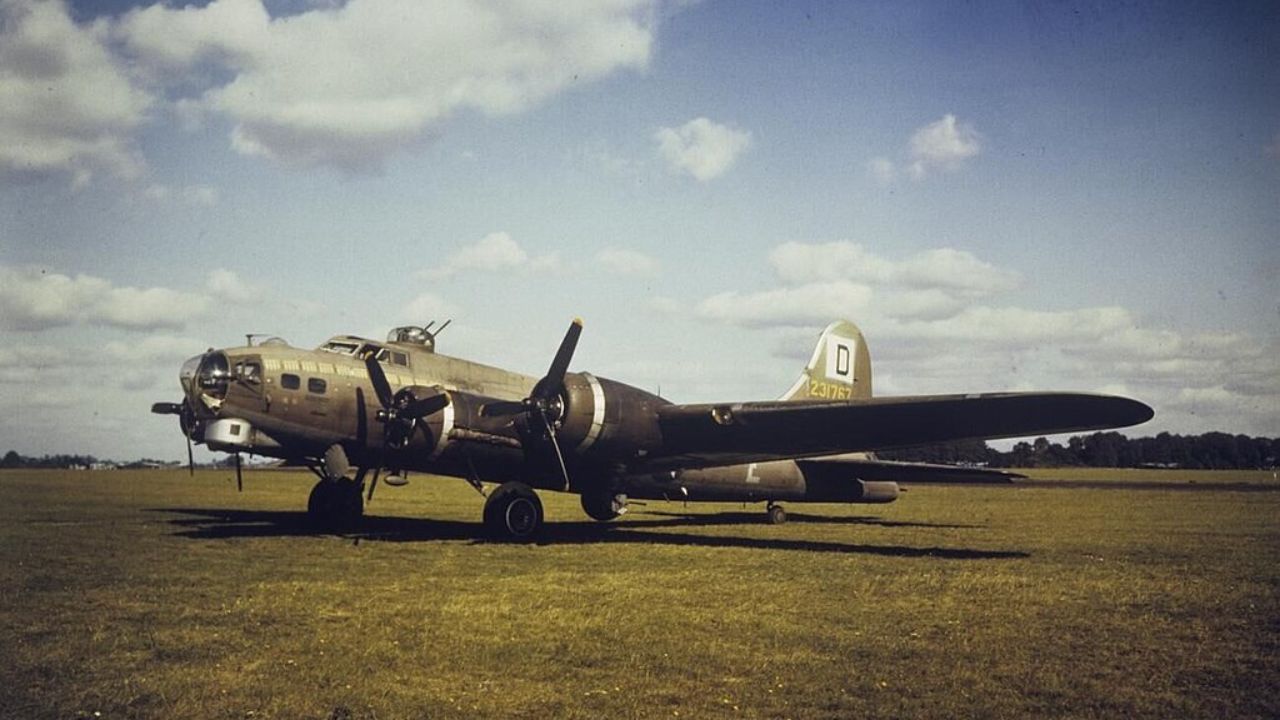
The B-17 earned the nickname “Flying Fortress” due to its extensive defensive armament. Equipped with multiple machine gun turrets, the aircraft could fend off enemy attacks from various angles. This formidable defense system made it difficult for enemy fighters to approach undetected.
The nickname also reflects the aircraft’s resilience in combat, as B-17s often returned from missions with significant damage yet still intact. The “Flying Fortress” moniker captures the essence of the B-17’s robust design and defensive prowess.
Armament and Defense Features
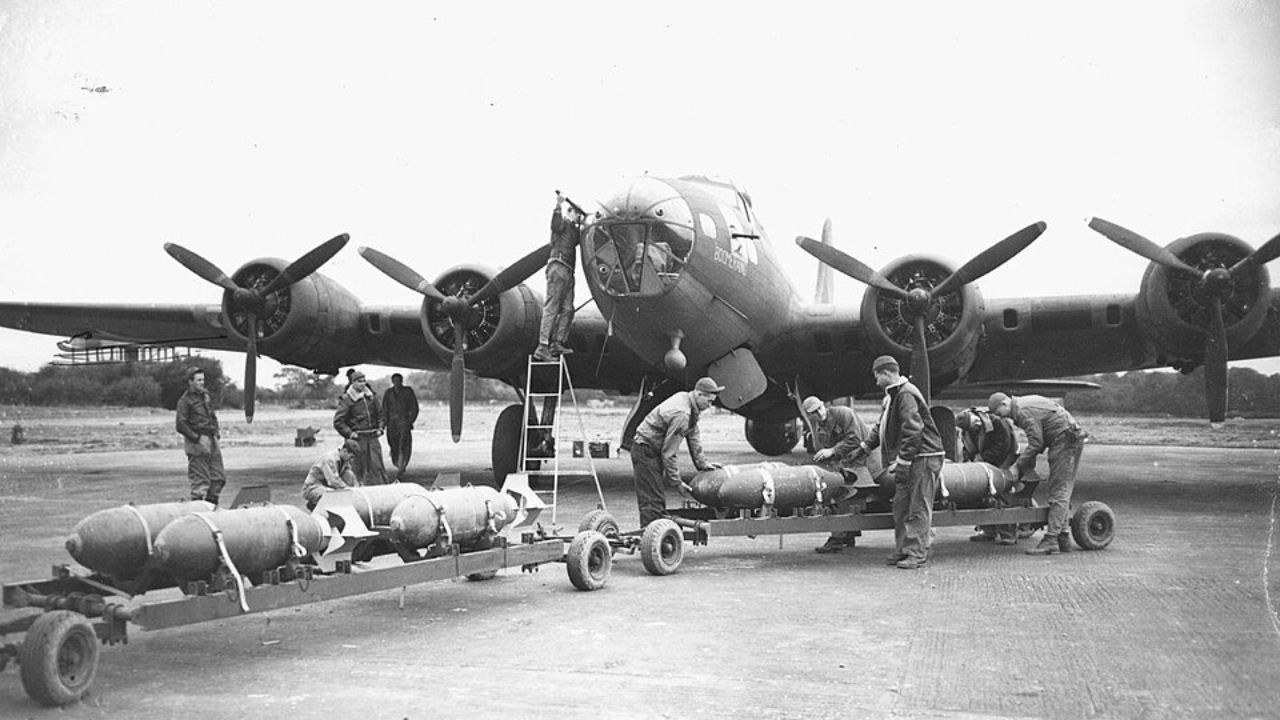
The B-17 was outfitted with an impressive array of defensive armaments, including up to 13 .50 caliber machine guns. These were strategically placed in turrets and gun positions to provide comprehensive coverage against enemy fighters.
The aircraft’s armor plating and self-sealing fuel tanks further enhanced its survivability. These features, combined with its defensive weaponry, made the B-17 a formidable opponent in the skies.
Production and Variants
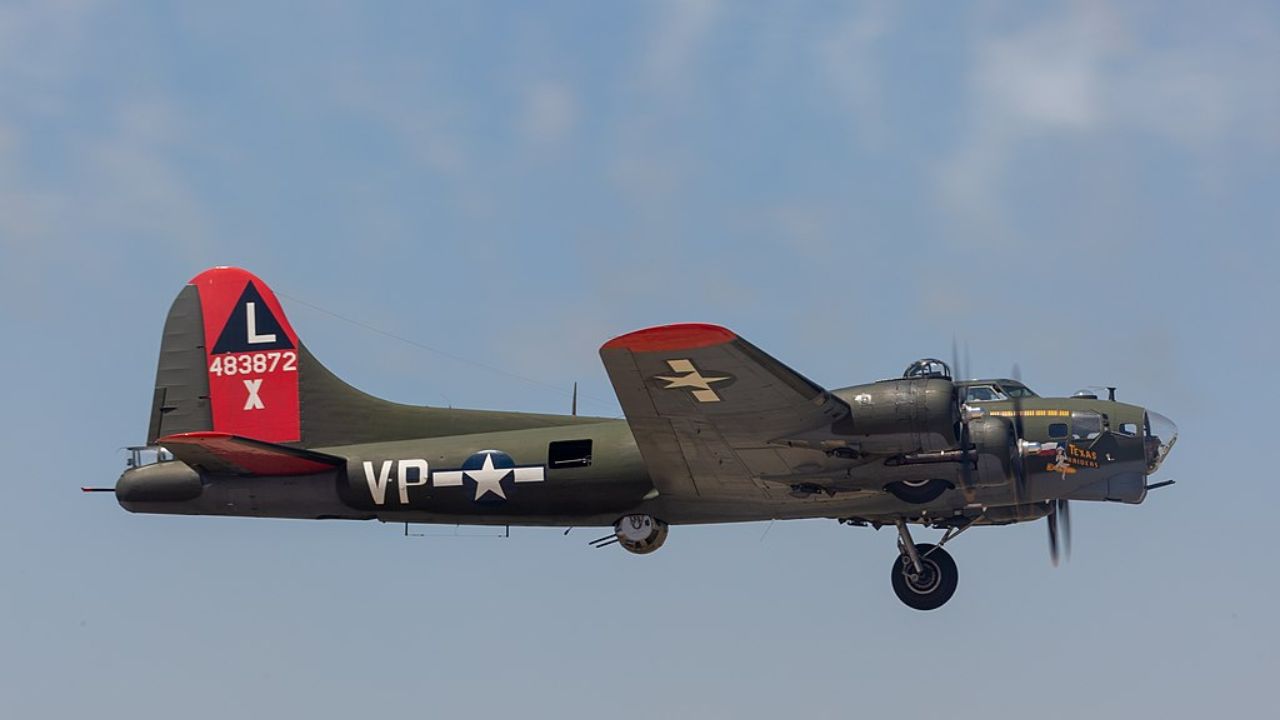
Over 12,700 B-17s were produced during its operational lifetime, with various models and upgrades introduced over the years. The B-17G, the most produced variant, featured enhanced armament and other improvements.
Boeing, alongside other manufacturers like Lockheed and Douglas, contributed to the production efforts. The numerous variants allowed the aircraft to adapt to different roles and operational requirements.
Combat Performance and Missions
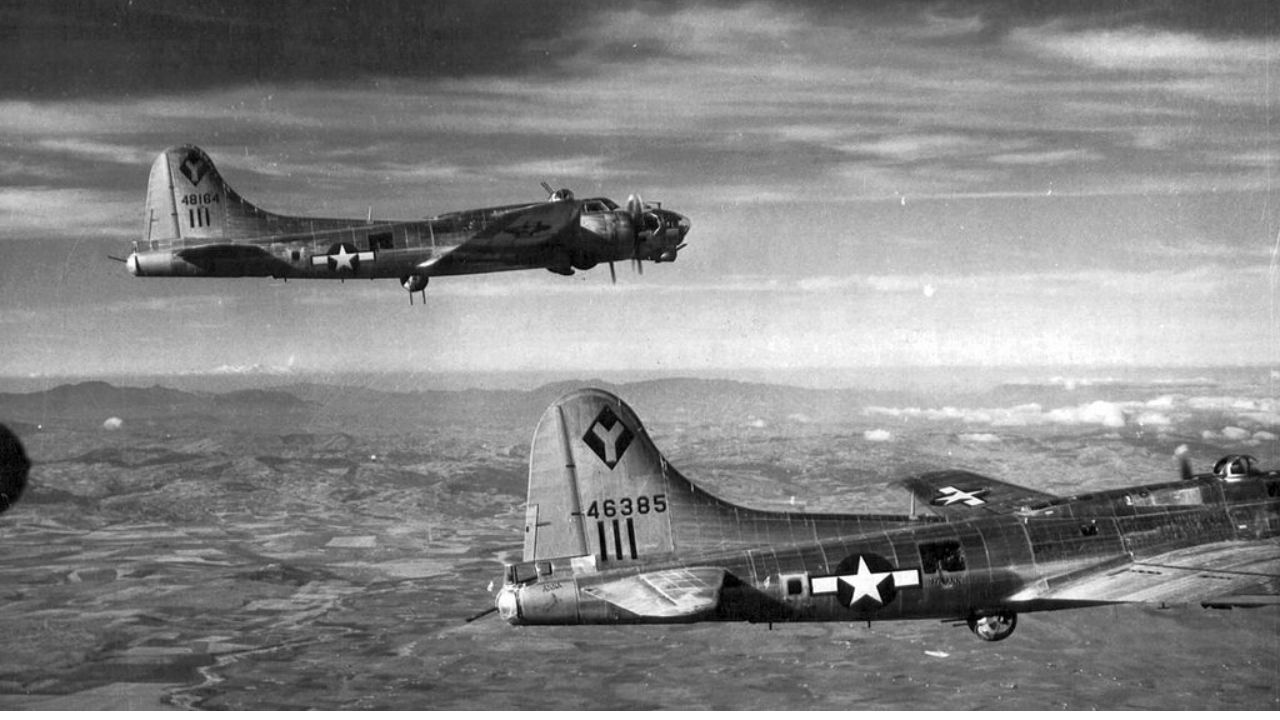
The B-17 was renowned for its exceptional combat performance, completing numerous successful missions across Europe and the Pacific. Its strategic bombing campaigns disrupted enemy supply lines and weakened their industrial capabilities.
One of the most notable missions was the raid on Schweinfurt, Germany, targeting ball bearing factories. Despite heavy losses, the B-17’s effectiveness in such missions underscored its strategic value.
Preservation and Restoration Efforts
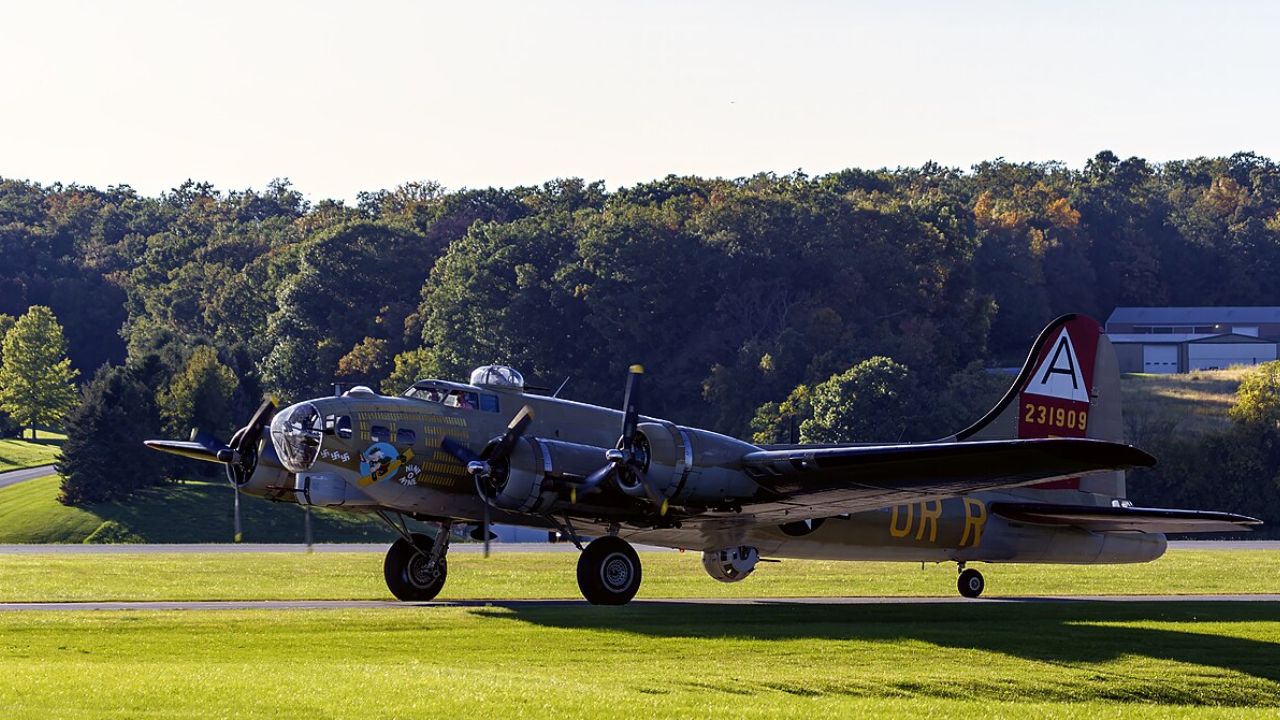
Today, several B-17s have been preserved and restored by museums and aviation enthusiasts. These efforts aim to keep the legacy of the aircraft alive and educate future generations about its historical significance.
Restoration projects often involve meticulous attention to detail to maintain authenticity. Such initiatives ensure that the B-17’s legacy endures, allowing people to witness a piece of aviation history up close.
Cultural Impact and Appearances
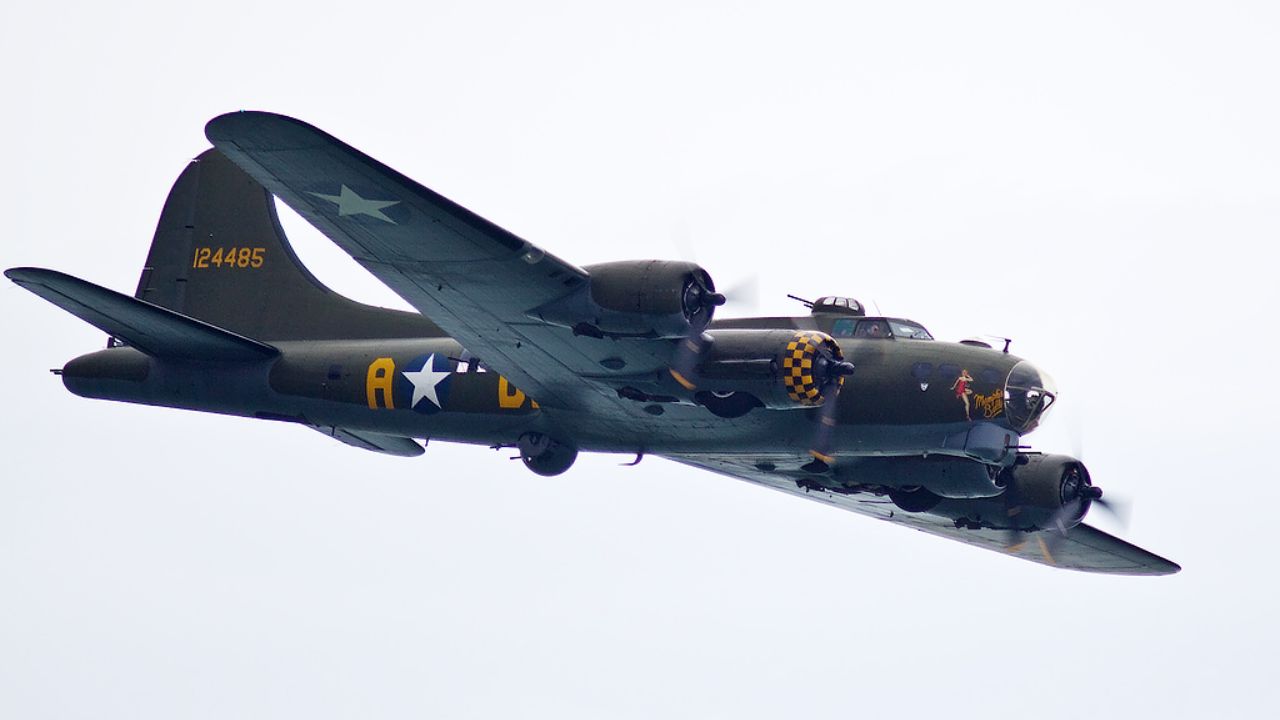
The B-17 has made numerous appearances in films, books, and documentaries, cementing its place in popular culture. Movies like “Memphis Belle” and “Twelve O’Clock High” have depicted the challenges faced by B-17 crews during wartime.
Its iconic status is also reflected in various art and literature, symbolizing bravery and sacrifice. The B-17’s cultural impact extends beyond its military achievements, making it a symbol of heroism.
Legacy and Influence on Modern Aviation
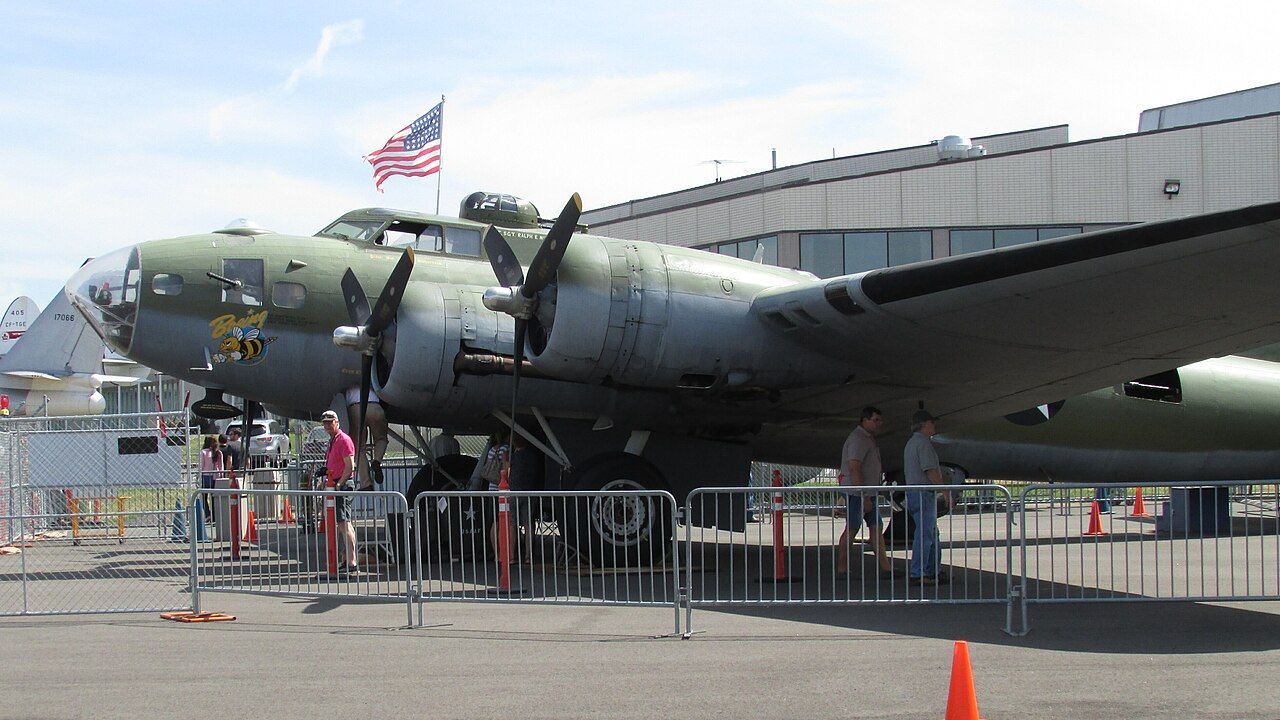
The B-17’s legacy continues to influence modern aviation, particularly in the development of strategic bombers. Its design and operational concepts have informed the evolution of subsequent aircraft.
As a testament to its enduring impact, the B-17 remains a source of inspiration for aviation enthusiasts and professionals alike. Its contributions to military aviation have left an indelible mark on history.
Like Fast Lane Only’s content? Be sure to follow us.
Here’s more from us:
*Created with AI assistance and editor review.

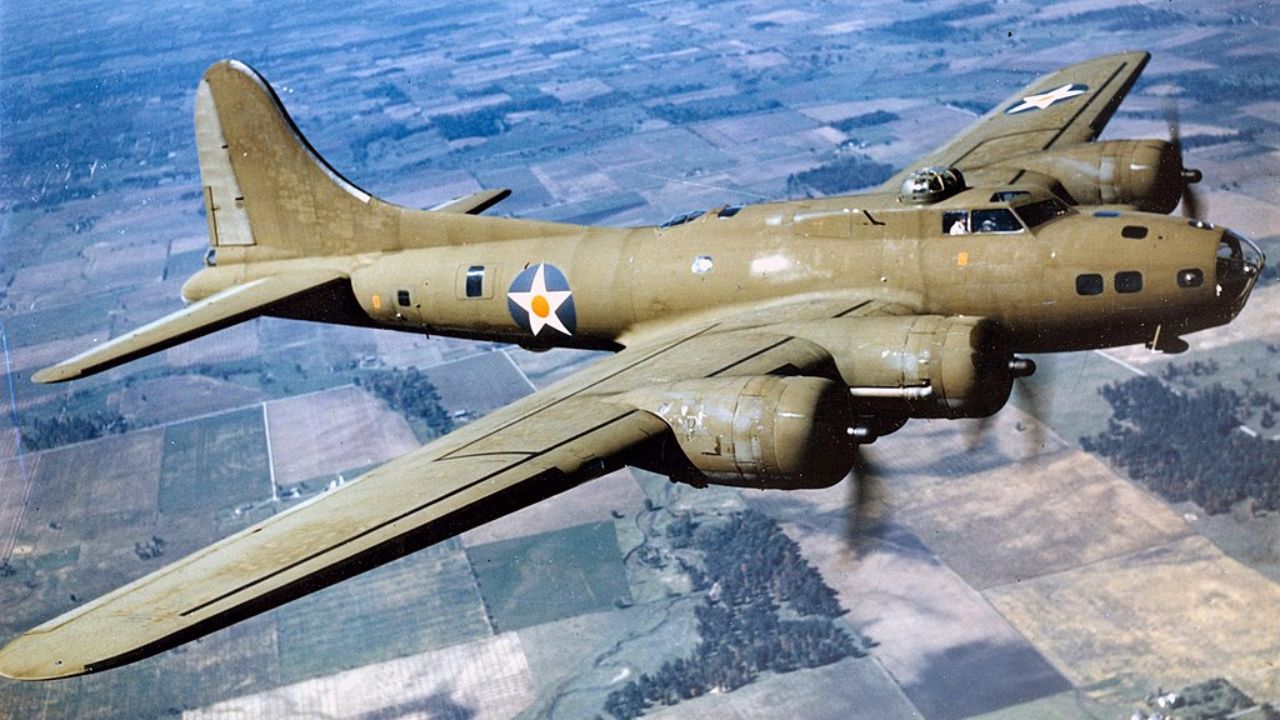

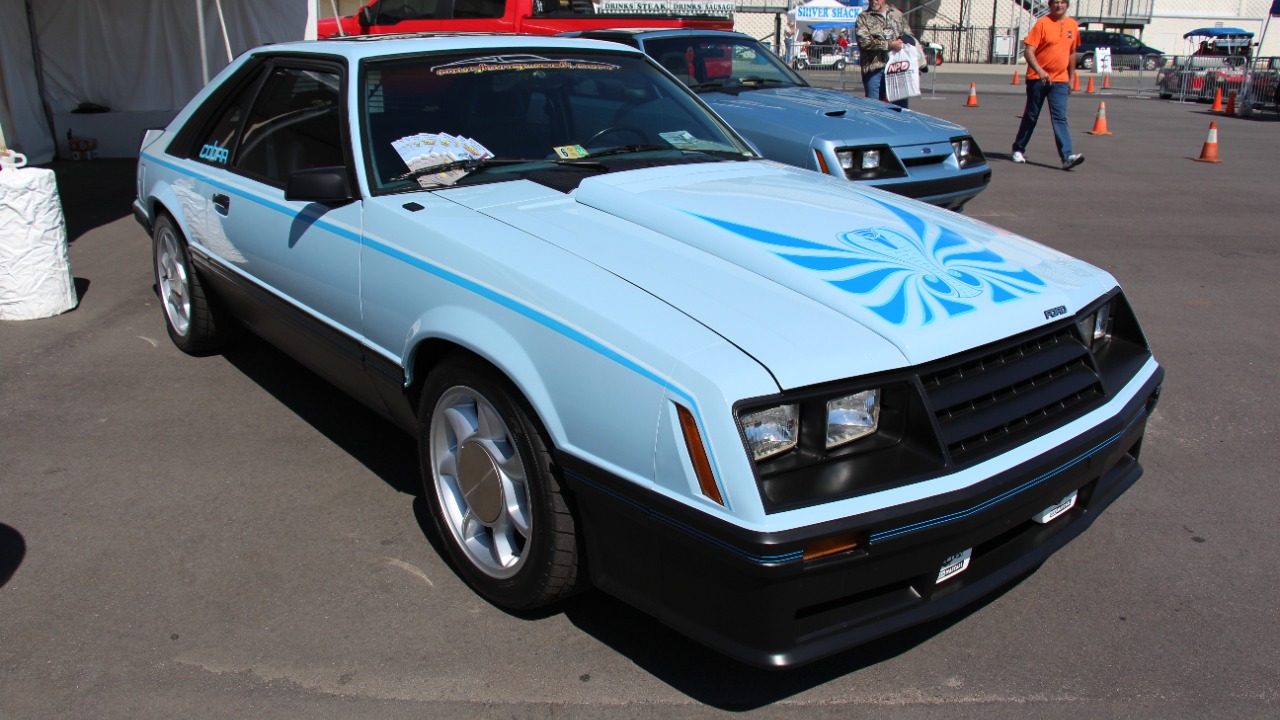



Leave a Reply